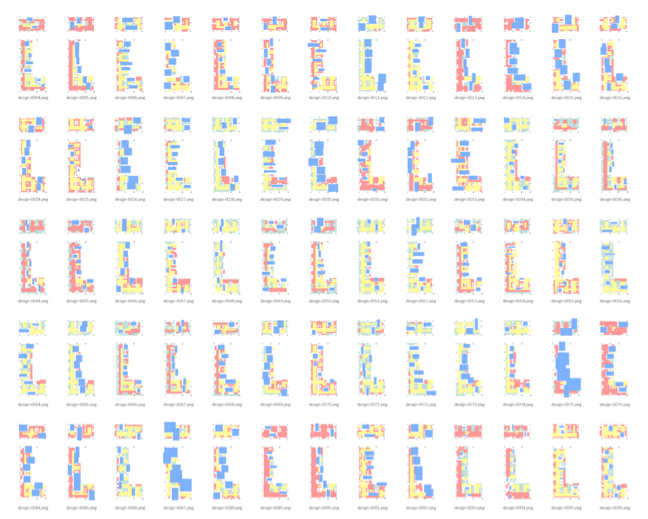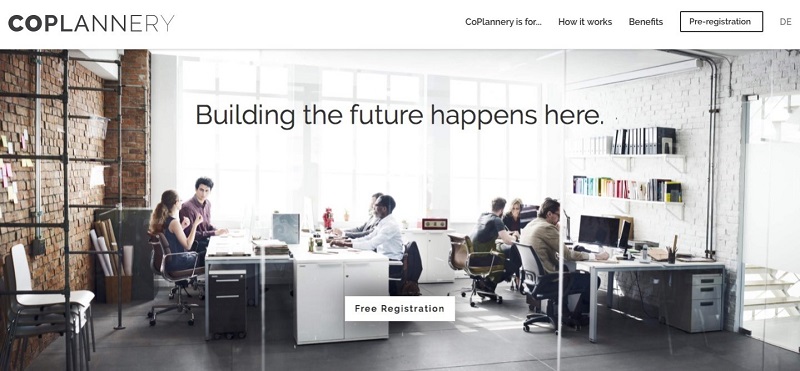How Artificial Intelligence is Making Architecture More Efficient
Does the mere utterance of the term “artificial intelligence” evoke dystopian images from popular culture in your mind? Do you picture a future where humans are driven underground and forced to live in cavernous cities while self-aware robots roam the earth above, seeking to destory all living organisms? As farcical as these descriptions may be, we should still be a little concerned — just not for the reasons we might initially think.
Even if AI is the enemy, it is already among us: it’s in our smartphones, tablets, and cars in the form of virtual assistants and search engine algorithms. It’s tough to hate on Siri and Alexa, but AI isn’t just making life simpler. It’s also eliminating the need for certain occupations on the job market. Even the creative professions, like architecture, should be concerned about this.
Currently, humans and computers work together, with the latter obeying the commands of the former. In the case of AI, however, the latter learns from the former and takes action unprompted. Eventually, a kind of deep learning will take place, and AI will no longer need to learn from humans because it will be able to learn from both itself and other computers. Of course, it is premature to write off these advancements in AI as taking away all jobs from humans.
A 2013 study by Oxford University found that architects only have a replacement rate of 1.8 percent, one of the lowest figures among the 700 professions examined. According to the study, “occupations that involve complex perception and manipulation tasks, creative intelligence tasks, and social intelligence tasks are unlikely to be substituted by computer capital over the next decade or two.” Despite these assurances, the American Institute of Architects (AIA) believes that their members should begin to integrate AI into their practices — or else risk being less competitive in the future. Repetitive tasks, like the production construction drawings, will almost surely be taken over by AI, but the often diplomatic art of client management will continue to be mastered by humans.
The Artificial Narrow Intelligence (ANI) that we already live with is capable of answering questions but incapable of reasoning and making decisions based on those answers. Nonetheless, architects, designers, and researchers are already using the technology in a number of ways (mostly as an ultimate design tool to save time and money).
Programs like Google’s SketchUp and Earth access data from cloud computing systems and give architects topographical information that they can then insert a digital model into. This means that for some projects and properties, there’s no longer a need to hire a surveyor.

Autodesk used AI to design its office and research space in the MaRS Innovation District of Toronto. It began like any other architectural project: with a brief. Using their Project Dreamcatcher platform, the company was able to generate thousands of potential designs, complete with corresponding performance data for individual evaluation. A human architect would never be able to do that within any set timeframe, nor without going way over budget.
The Space Syntax Network in London uses a software called depthmapX to analyze the spatial configurations of a city in order to document social interactions in the built environment. More specifically, the software analyzes things like pedestrian traffic, main thoroughfares, and lookout points. Researchers from Harvard and the MIT Media Lab have conducted similar research using images from Google Street View.
Elsewhere, Behnaz Farahi, an LA-based designer and creative technologist, used AI to develop two interactive surfaces: The Living, Breathing Wall and Aurora. As participants move in front of or underneath the surfaces, they begin to adapt and respond to their movements.


A Berlin-based startup called CoPlannery uses AI to offer more efficient planning and construction services. Using the client’s brief, the software assesses the construction of the project and matches that assessment with suitable financing, insurance, and design service providers. The CoPlannery platform also boasts a client interface, where it can manage the payments and contractual obligations of the consultants hired. Design professionals are notified by CoPlannery when a project seems like a good match for their firm, cutting down on the due diligence required in taking on new assignments. All in all, CoPlannery reduces the financial risk of construction for both the client and the architect.

AI has made significant strides in recent years, but they all seem to be one-off advancements. Helpful in specific situations, but not threatening a hostile takeover of human life or employment. This is exactly how AI has always worked for those responsible for shaping our cities.
How will the built environment change when all these AI technologies start working together? Consider the data that is already available for AI systems to tap into. With access to our interests, activities, incomes, hobbies, home addresses, shopping habits, and other digital footprints, AI could easily tell a retailer when a store is becoming so popular in a neighborhood that it’s time to open a second one several blocks away. Then, using data from software like depthmapX, it could find the best available locations in that neighborhood. By learning from city bylaws, building codes, and sales data from the retailer, AI could create thousands of design solutions per site to determine which locations and layouts would be the most profitable. Finally, the retailer could decide whether to build a second location or not. If they do end up going for it, the construction could be done by robots, too.
Based on how professionals are using AI right now, it looks like the future will only be more efficient for those who integrate it into their workflow. Ignoring or running from AI is no longer an option, because the more competitors start using it to gain an advantage, the more everyone will want to start using it. Friend or foe, AI is here to stay. Ironically enough, those who ignore its benefits may be the ones who end up living in solitude in underground cities.




